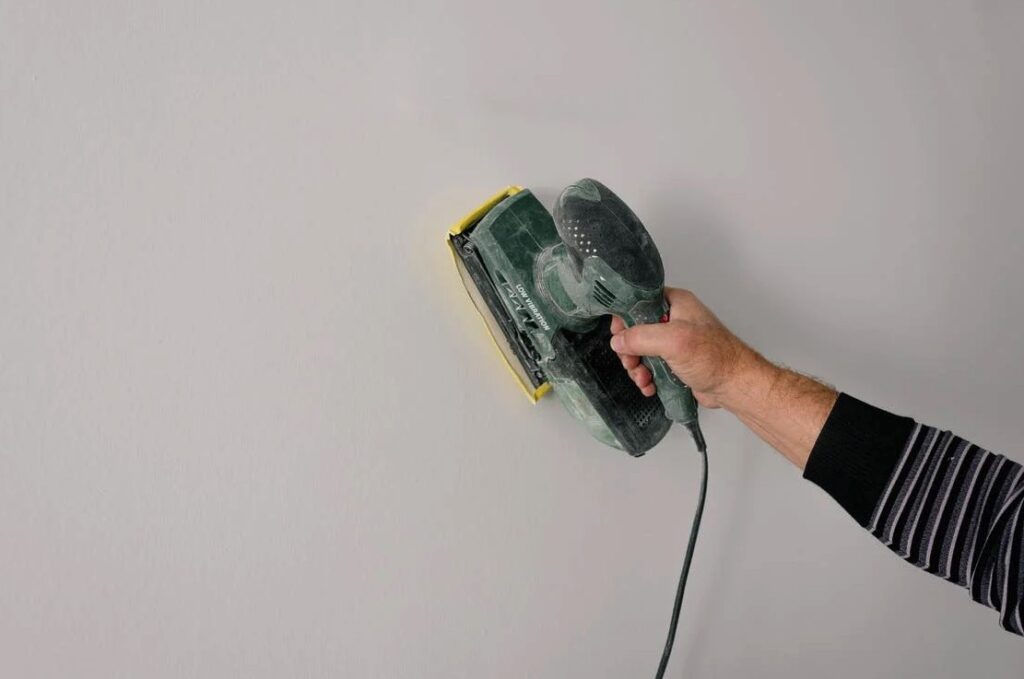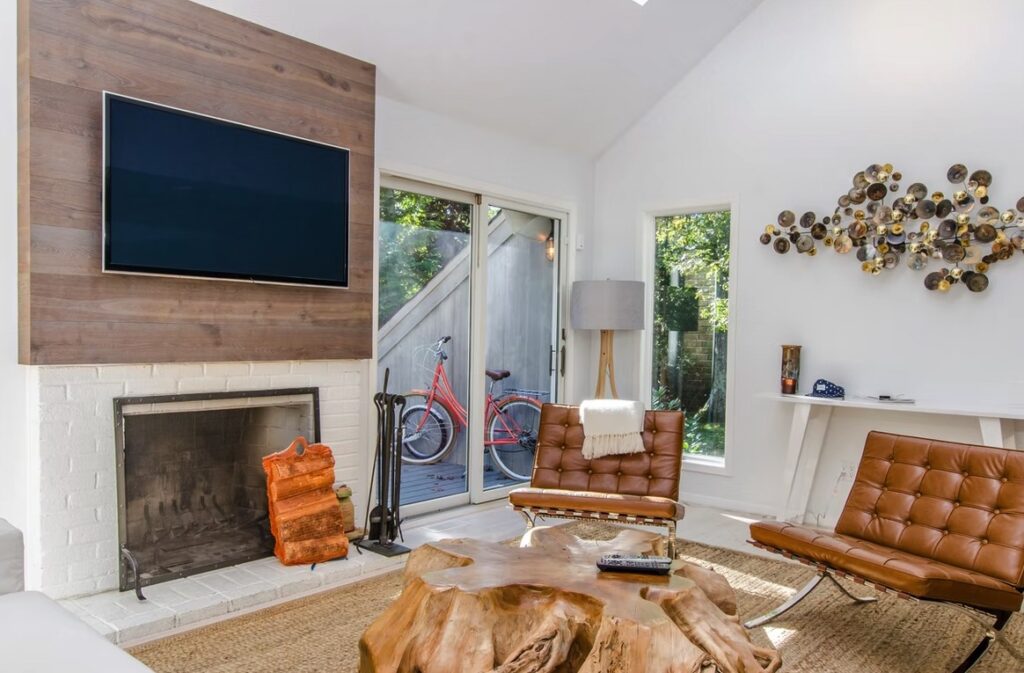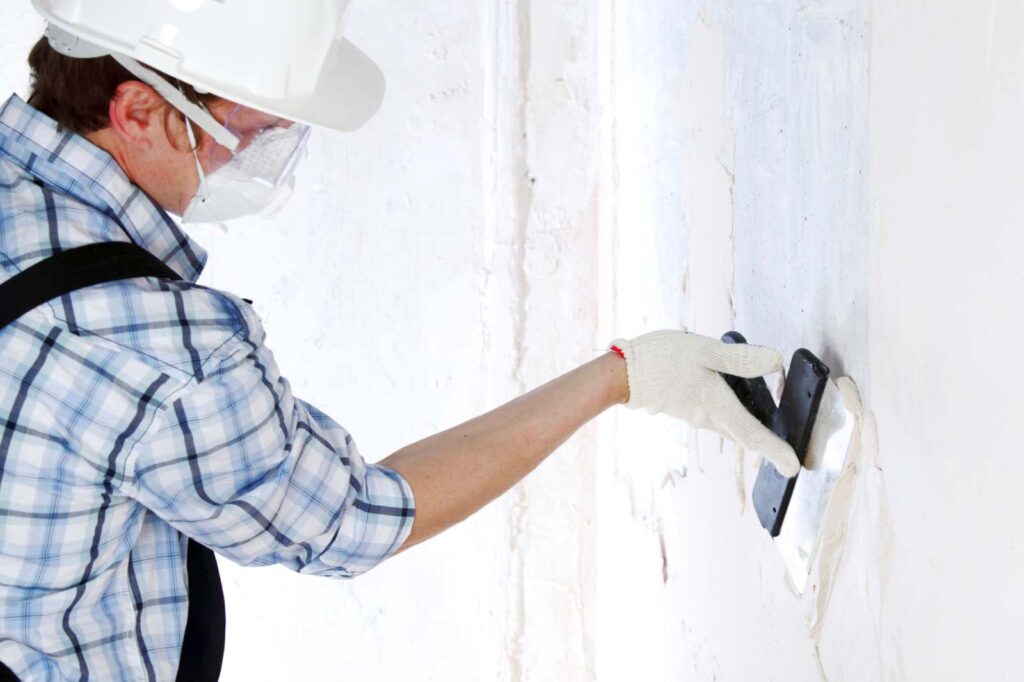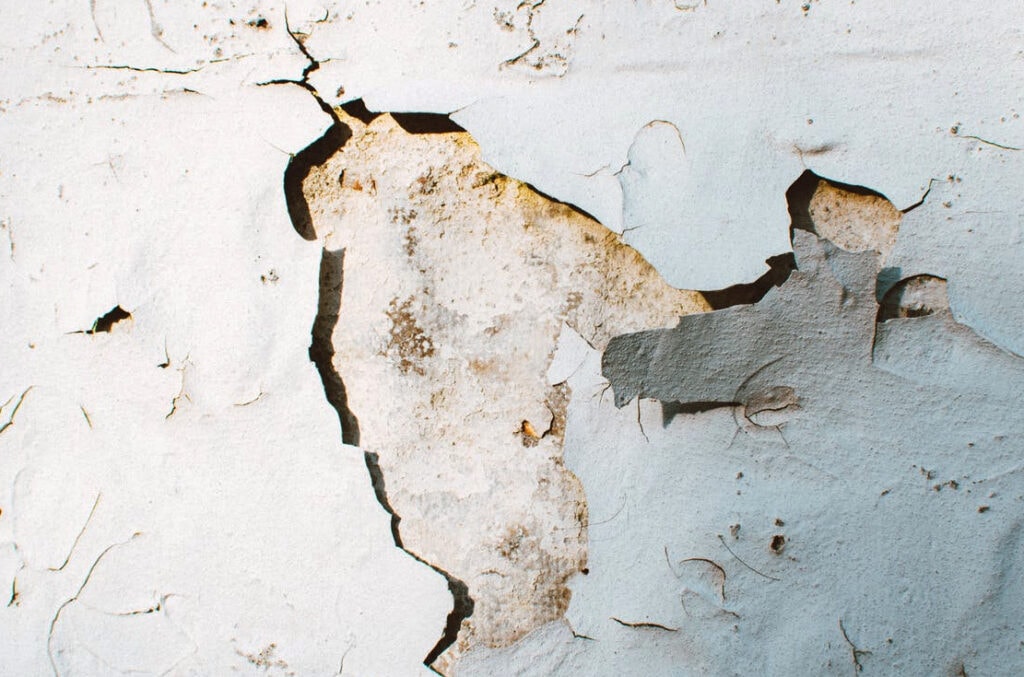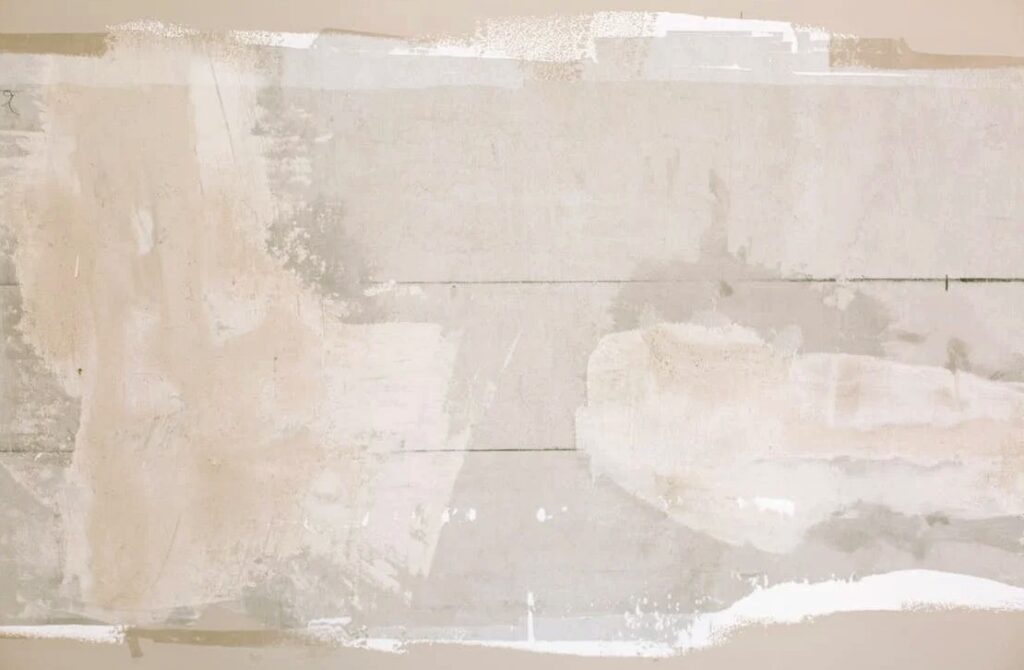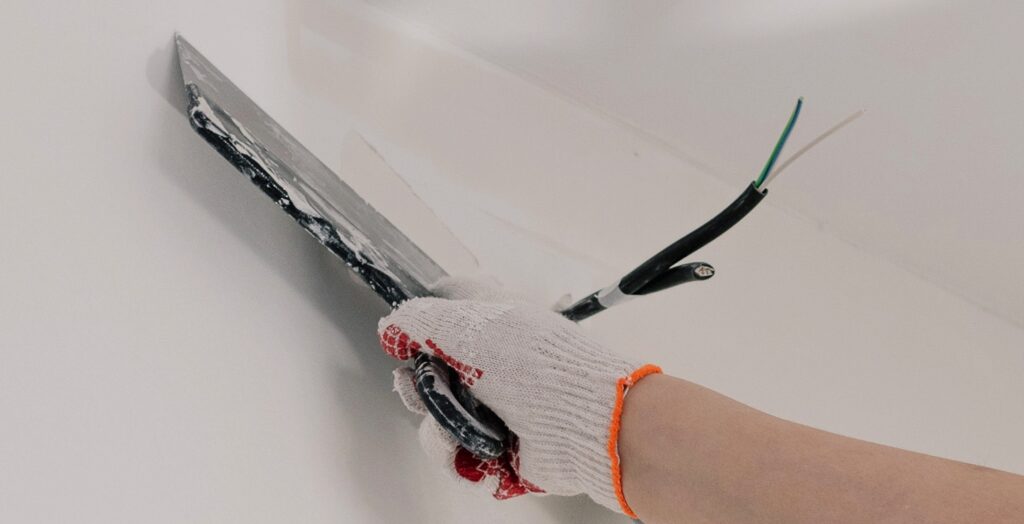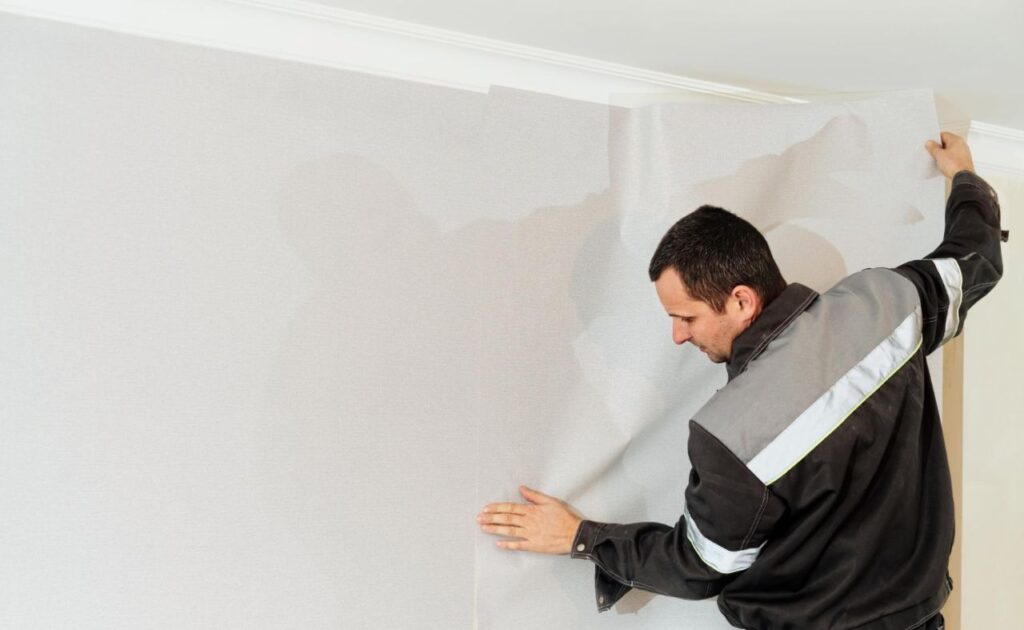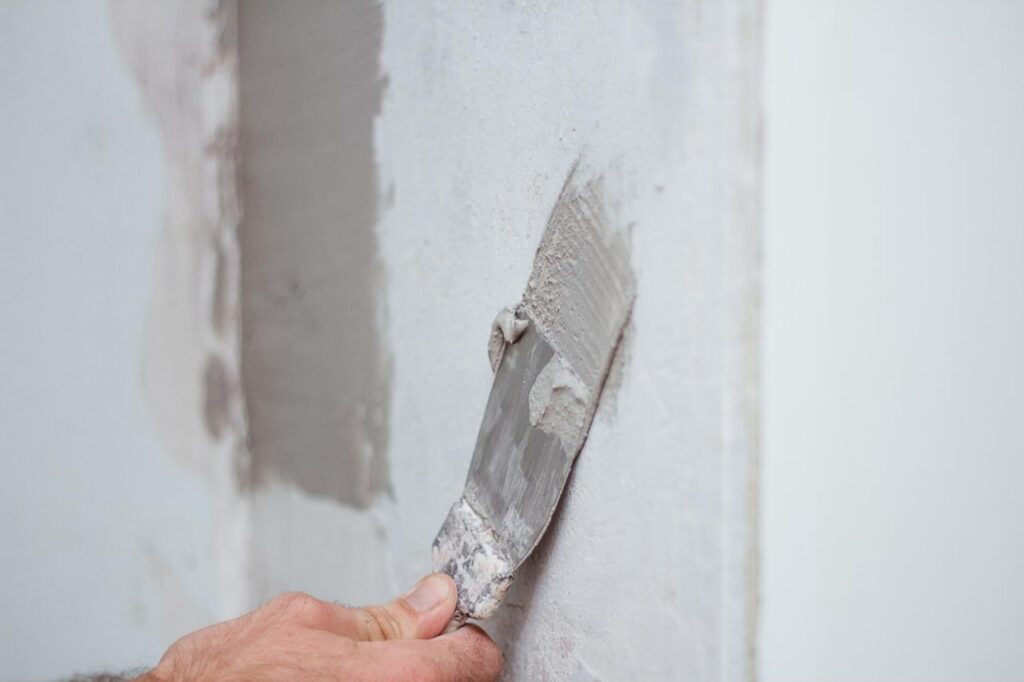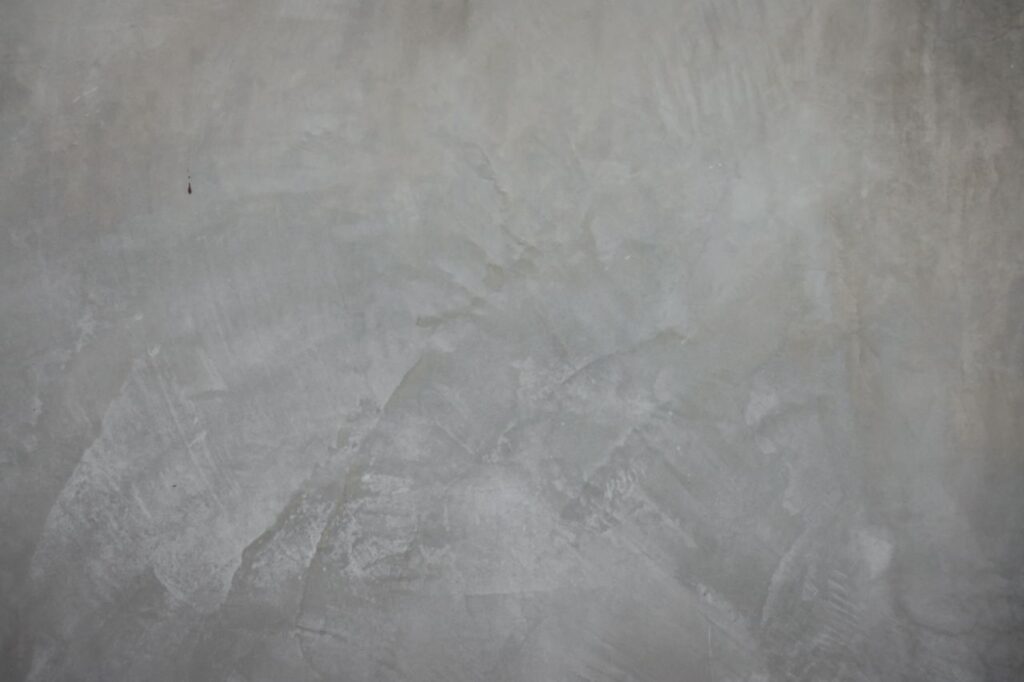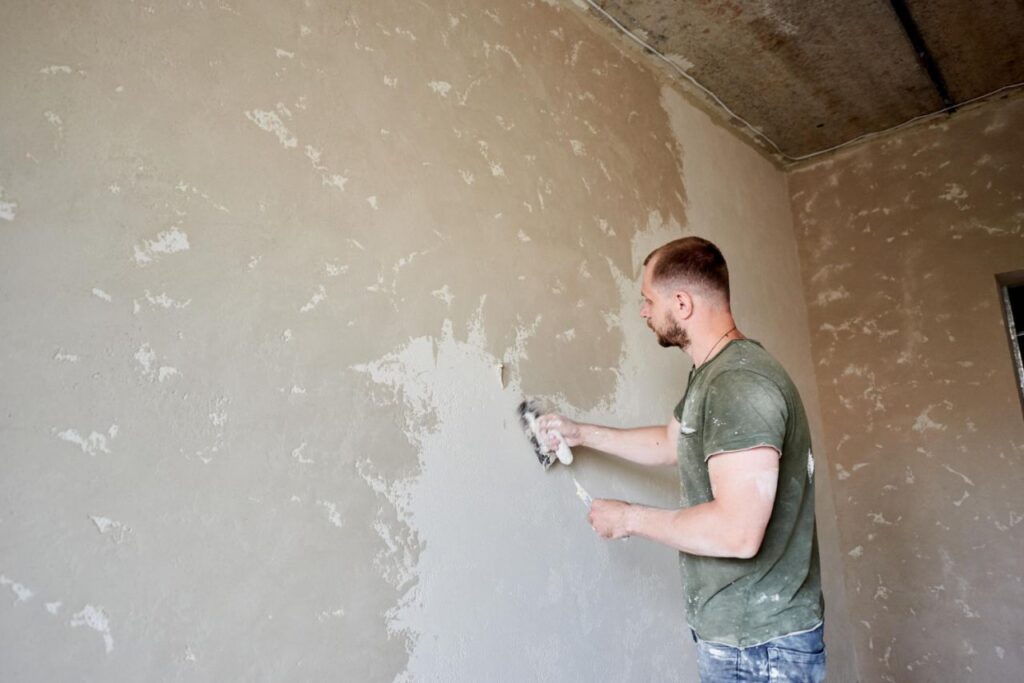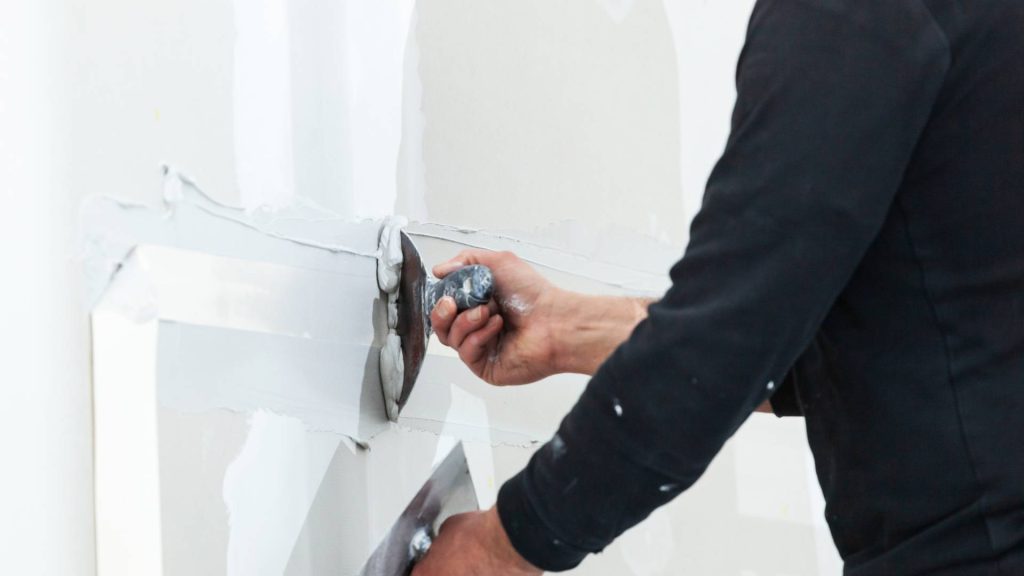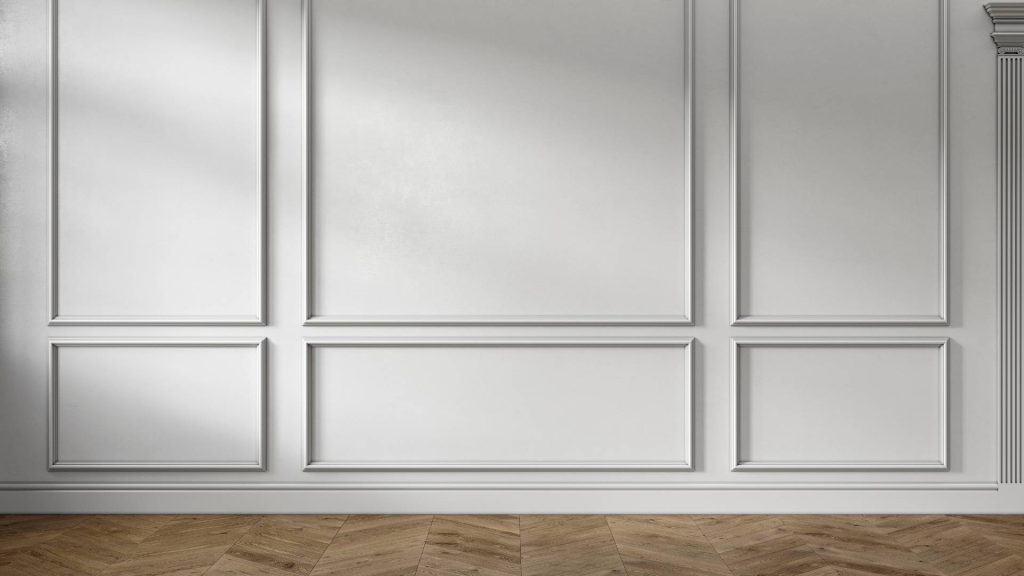Once upon a time, cracks in a wall were repaired with plaster. However, it is now commonly used to cover entire walls, including those in the bathroom and the shower. Although tile has traditionally been made for a more aesthetically pleasing bathroom, plaster is quickly gaining popularity as a viable alternative.
Some people are hesitant to plaster their bathroom and shower walls. However, it can be an excellent choice if proper materials are used, such as waterproof plaster. Plaster, like any other material, has its benefits and drawbacks.
You'll learn about the benefits and drawbacks of plaster, which products make the most suitable choices for your bathroom, and what other options you have.
Why do Some People choose to Plaster Their Bathroom Walls?
Plastering the walls of one's bathroom might be done for various reasons. The aesthetic value is one of the main motivations. An elegant and sophisticated atmosphere can be achieved by applying plaster to the walls of a bathroom.
There is a wide variety of plaster textures and finishes available, so it may be modified to suit any aesthetic desire. Homeowners can now give their bathrooms a style that is all their own.
Plastering the walls of a bathroom can make it more resistant to water and wear.
Plaster is resistant to the high levels of humidity and moisture found in most bathrooms. Plaster walls are not susceptible to peeling or bubbling when exposed to dampness, unlike other materials like wallpaper.
Because of this, they are a good choice for places that are frequently wet.
As compared to more expensive materials like tile or stone, plastering can be a practical and budget-friendly alternative. Plaster installation often involves less time and money compared to other solutions. And because it requires so little upkeep, plaster can reduce the amount spent on maintenance and repairs over time.
Some people choose to plaster their bathrooms so they can have better hygiene. Plaster is non-porous, so it doesn't collect condensation or harbour bacteria like some other building materials might.
Less mould and mildew growth means less potential for health problems.
Finally, some folks could opt to plaster their lavatory walls since it's better for the planet.
Plaster is an eco-friendly material because its production has a low ecological footprint. Plaster walls are also more eco-friendly because they don't need to be cleaned with toxic chemicals.
Plastering bathroom walls is a popular option for many homeowners for a number of reasons, including increased hygiene, cost savings, durability, and even environmental consciousness. When selecting whether or not plaster is the best material for bathroom walls, homeowners should give serious thought to their own personal priorities and tastes.
To make sure the plastering process goes well and the walls turn out looking and functioning great, it's a good idea to get some expert advice.
Pros and Cons of Having a Plastered Wall
The walls of a bathroom or shower can benefit from plaster, but you should weigh the benefits and drawbacks of this material first.
Pros
Aesthetic appeal
Bathrooms with plastered walls have a special and sophisticated look. Several plaster textures and finishes can be used to meet the needs of different interior design schemes. Plaster's versatility means it can be used to create a wide range of finishes, from smooth and polished to rough and textured, that may give otherwise plain bathroom walls a sense of depth and character.
Venetian plaster is a common way to employ plaster in modern bathroom design. Plaster is applied in multiple layers, and then the surface is polished to a high sheen using the Venetian plaster process.
This method can be used to give the bathroom the look and feel of a five-star hotel or spa.
Adding a textured plaster finish is another option for bathroom decoration. Walls can be given more depth and visual interest by using plaster to create a variety of textures and patterns. A rough, unfinished texture, for instance, can convey an earthy, natural vibe, while a sleek, polished texture would be more appropriate for a contemporary setting.
Plaster can be coloured in addition to having a variety of textures and finishes available to homeowners. You can either use a colour wash on the final plaster or add pigment to the plaster while you're mixing it. This is a great way to put your own stamp on the bathroom decor.
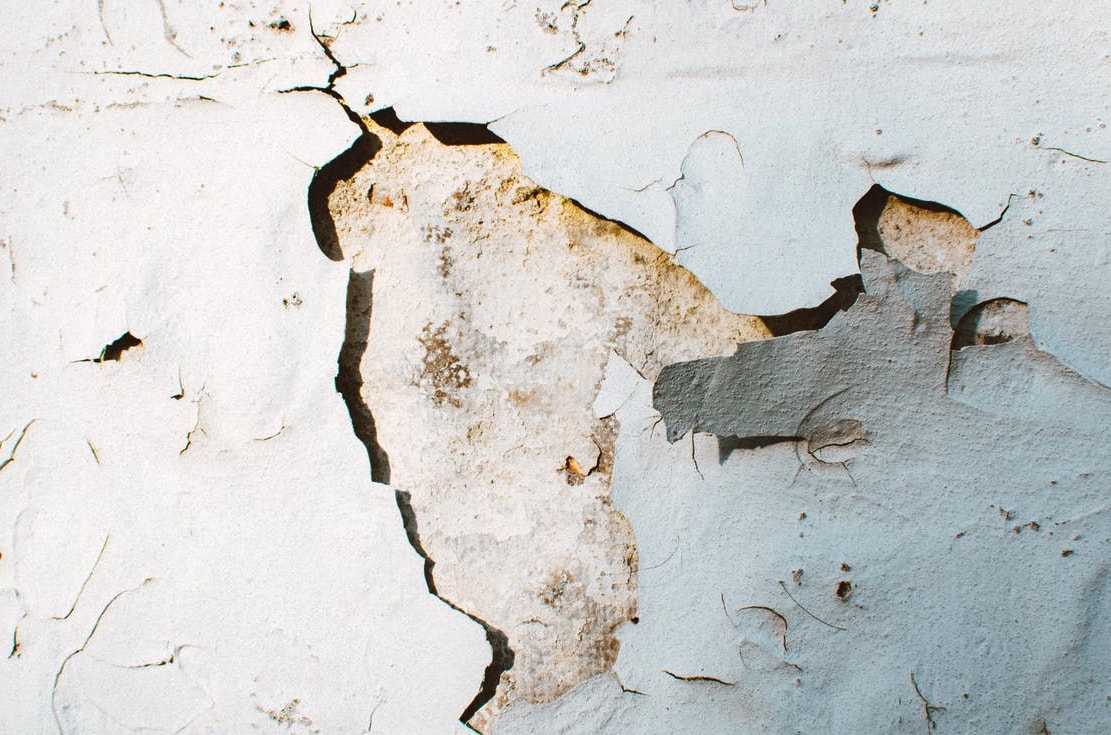
Durability
When constructed and maintained correctly, plastered bathroom walls can survive for decades. Because of its inherent hardness and strength, plaster is well-suited for use in humid environments like bathrooms.
Plaster walls are less likely to peel or bubble when exposed to damp than other materials like wallpaper or drywall. Its quality makes them an excellent choice for wet environments like kitchens and baths.
Plaster's solidity and resistance to damage contribute much to the material's longevity. Plaster does not have a paper or cloth layer that can be damaged or stained like drywall and other wall coverings.
This improves its durability and makes it less susceptible to damage from everyday use.
Plaster's strength and durability can be improved by adding reinforcements like fibreglass mesh or metal rebar. With time, cracks and other damage are preventable with this reinforcement.
Plastered bathroom walls will endure longer if they are properly maintained. Plaster walls are delicate and easily damaged or discoloured by employing harsh chemicals or abrasive cleansers. Instead, they should wash the walls with a gentle soap and water solution or a commercial plaster cleaner.
Customization
Plastered walls are a common option for homeowners who want to put their own stamp on their bathroom decor because of how versatile they are.
Because of its malleability, plaster may be used to generate a broad variety of aesthetic effects just by altering its form, surface, and colour.
Plaster walls in the bathroom are easily personalised by adding texture.
Plaster's surface can be made to look rough and rustic or smooth and polished, depending on how it's applied. Plaster's texture can be modified in a number of ways, including through the use of alternative application methods, aggregates, fillers, and specialised tools.
Plaster walls in the bathroom can be further personalised by painting them. The addition of pigments to plaster allows for an almost infinite colour palette, from soft pastels to bright primary hues.
Homeowners can choose a hue that either blends in with the existing bathroom decor or serves as a striking focal point.
Adding stencils for embossing to a plastered bathroom wall is another option for personalisation. With these methods, you can decorate your walls with elaborate patterns, borders, and motifs. In addition, mosaics made of plaster and other materials, such as tile or stone, can be quite distinctive and eye-catching.
Cost
When compared to other conventional bathroom wall coverings like tiles or natural stone, plastering can be a more cost-effective option.
Several factors, including bathroom size, plaster type, the degree of preparation necessary, and the local cost of labour, will influence the total cost of plastering a bathroom wall.
Plastering is widely regarded as a cost-effective solution for bathroom walls because it is a straightforward project that can be finished quickly by a trained professional. Plastering a bathroom wall may be less expensive than tiling or installing natural stone, both of which can take more time and may necessitate specialised tools.
Plastering, however, may not be the most long-lasting choice for a bathroom because it is vulnerable to water damage and wear. Plastering a bathroom wall is an option, but it must be protected from moisture and mould growth with a waterproof sealant or coating.
Cons
Installation
Plastering a bathroom wall can be a difficult job, especially for people who have never done it before. The state of the walls, the type of plaster to use, and the equipment and supplies necessary for the work are just a few of the considerations.
Plastering a bathroom is made more difficult by the constant presence of dampness.
Plaster can easily crack and come apart in high-moisture situations like bathrooms if it is not properly laid. To avoid this, make sure the walls are adequately prepared and choose a plaster that is resistant to moisture.
Plastering is a complex process that calls for a high level of expertise.
Plastering is a skill that may be learned via study and practise, but mastery of the craft requires dedication and patience. It's probably preferable to employ a professional if you have any doubts about your ability to apply plaster properly.
Maintenance
Plastering a bathroom wall, which is constantly exposed to water and humidity, can be a difficult task due to the high-moisture environment. Plaster that has been damaged, cracked, or has begun to peel away from the wall is ugly and can cause more issues if left unrepaired.
Plastering a bathroom wall is particularly difficult because of the constant battle against water damage. One way to accomplish this is by fixing any water leaks or damage and opening up the windows. Mold and mildew on the plaster surface can be avoided with regular washing and maintenance.
Repairing damaged plaster is another issue that arises when maintaining bathroom walls. Repairing cracks or holes in the plaster using joint compound requires careful attention to detail to create a smooth, flush finish. Moreover, a bonding agent and patching plaster will be required to reattach any parts of the plaster that have begun to separate from the wall.
Staining
Plaster, especially when used on bathroom walls, is not as stain-resistant as tile or stone. Plaster walls are easily stained by water and other substances seen in high-humidity settings like bathrooms.
Stains on plastered bathroom walls are commonly caused by mould and mildew. Plaster can become a breeding ground for mould and mildew if it is allowed to retain too much moisture. If not addressed, these pollutants will discolour and perhaps destroy the plaster.
Plaster bathroom walls are vulnerable to staining from a variety of sources, including mould and mildew, soap scum, hard water, and hair dye. Stains left by these substances can be unpleasant and difficult to remove.
Plaster bathroom walls can be protected from water damage and stains by maintaining a dry, clean surface. Soap scum and other potential staining substances can be removed with regular washing with a non-abrasive cleanser.
To stop the spread of mould and mildew, it's crucial to fix any leaks or water damage very away.
Limited design options
Plaster may have fewer design options than other materials like tile or stone, making it more challenging to achieve a desired appearance.
Risk of mold and mildew
Because of its porous nature, plaster is particularly susceptible to mould and mildew growth in humid environments like bathrooms and showers.
What Do Professionals Think About Plastered Bathroom Walls?
Plastering the walls of a bathroom might be an alternative for homeowners who want to give their bathrooms a classic and distinctive design, according to experts. They do warn that plaster has its limitations, especially in a humid setting like a bathroom.
Plaster must be moisture-resistant so that it can be used in a bathroom. Plasters not intended for use in damp environments should be avoided, experts say. Water and humidity resistance additives are commonly used in the production of this type of plaster, which decreases the possibility of cracking and other damage.
The application procedure should also be thought of. Plastering is a job best left to someone with training and expertise in the field. Plastering is a precise and skilled trade that, if done incorrectly, can damage the walls or leave an unsightly finish.
Professionals also stress the importance of routine care for plastered bathroom walls. This may involve fixing any cracks or damage to the plaster surface and washing with nonabrasive materials.
Plaster, experts agree, may be an attractive and unusual choice for bathroom walls, but only if it is installed and maintained properly. If you're a homeowner thinking of plastering your bathroom walls, you should get some expert advice and conduct some research before making a final decision.
Conclusion
The walls of a bathroom are increasingly being plastered due to the material's attractiveness, durability, low maintenance, and low cost. It can be done for purely aesthetic reasons, like creating a classy ambience, or for more functional and cost-effective ones, like reducing the risk of illness.
Since its production leaves less of an environmental impact and it doesn't require toxic chemicals for cleaning, it's also better for the environment.
Many homeowners choose to plaster their bathroom walls because it is a more hygienic, affordable, long-lasting, and eco-friendly option.
Venetian plaster, textured plaster, and coloured plaster are just some of the finishes and textures that can be achieved with this material.
Plastering a bathroom wall can be less expensive than using other common wall coverings. Plastering is an affordable option for bathroom walls, but it can easily be damaged by water and wear over time.
It's complicated, and it takes a lot of skill to set up and keep running. To prevent this, use a plaster that is resistant to moisture and make sure the walls are properly prepared. Opening the windows and repairing any water damage is also recommended.
Mold and mildew on plaster can be avoided with regular cleaning and maintenance.
Plaster damage repairs require a bonding agent and patching plaster, as well as careful attention to detail. In order to prevent water damage and stains on plaster walls, it is important to keep the surface dry and clean at all times.
Repairing leaks or water damage promptly is crucial in preventing the spread of mould and mildew.
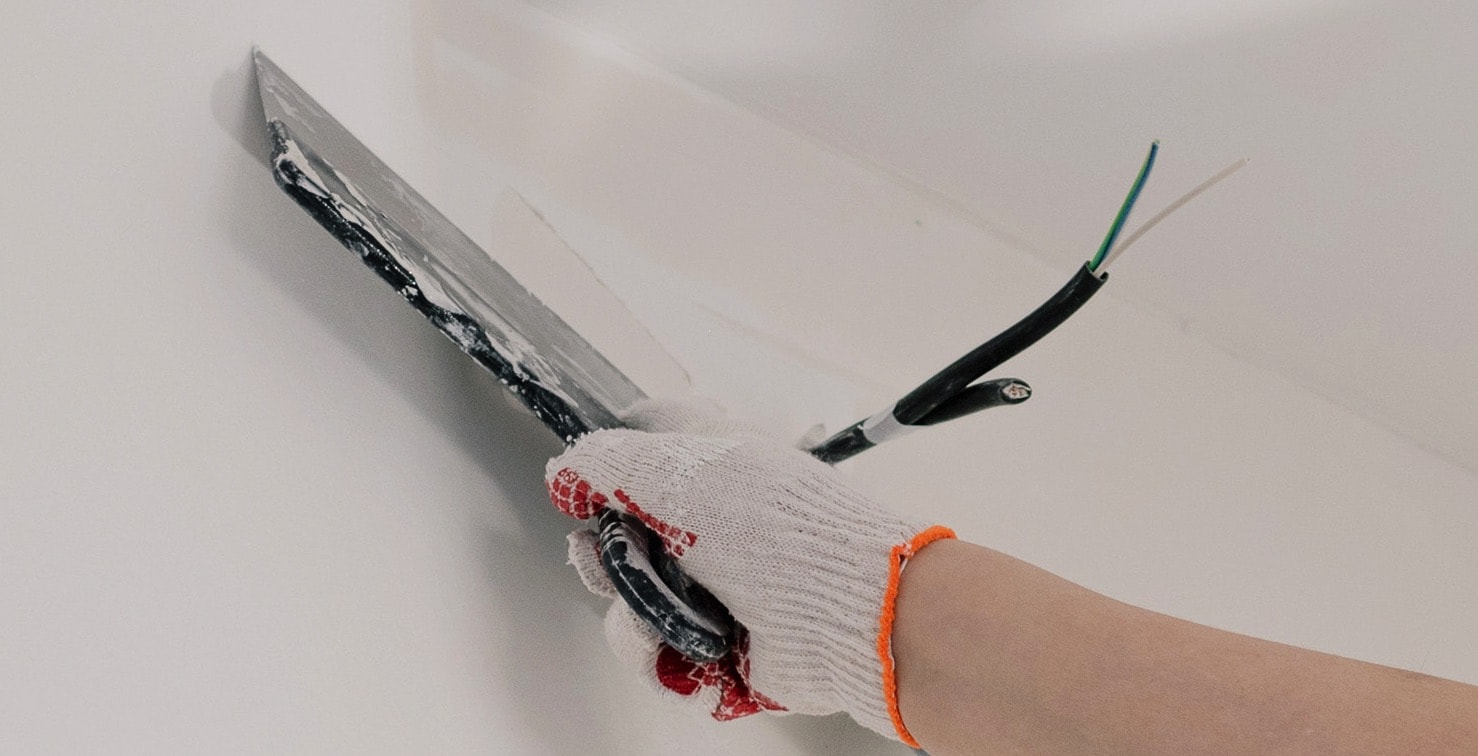
If the plaster is properly installed and maintained, it can be an attractive and unique option for bathroom walls.
In damp conditions, it quickly becomes infested with mould and mildew. Plastering a bathroom is not recommended because you can damage the walls or end up with an unattractive finish, according to professionals. Plastering should only be done by a professional, and any damage or cracks should be repaired regularly.
Content Summary
- It is now commonly used to cover entire walls, including those in the bathroom and the shower.
- Some people are hesitant to plaster their bathroom and shower walls.
- However, it can be an excellent choice if proper materials are used, such as waterproof plaster.
- Plaster, like any other material, has its benefits and drawbacks.
- You'll learn about the benefits and drawbacks of plaster, which products make the most suitable choices for your bathroom, and what other options you have.
- Plastering the walls of one's bathroom might be done for various reasons.
- Plastering the walls of a bathroom can make it more resistant to water and wear.
- When selecting whether or not plaster is the best material for bathroom walls, homeowners should give serious thought to their own personal priorities and tastes.
- To make sure the plastering process goes well and the walls turn out looking and functioning great, it's a good idea to get some expert advice.
- The walls of a bathroom or shower can benefit from plaster, but you should weigh the benefits and drawbacks of this material first.
- Venetian plaster is a common way to employ plaster in modern bathroom design.
- Adding a textured plaster finish is another option for bathroom decoration.
- Plaster can be coloured in addition to having a variety of textures and finishes available to homeowners.
- Plaster walls in the bathroom are easily personalised by adding texture.
- Plaster walls in the bathroom can be further personalised by painting them.
- Adding stencils for embossing to a plastered bathroom wall is another option for personalisation.
- Plastering is widely regarded as a cost-effective solution for bathroom walls because it is a straightforward project that can be finished quickly by a trained professional.
- Plastering, however, may not be the most long-lasting choice for a bathroom because it is vulnerable to water damage and wear.
- The state of the walls, the type of plaster to use, and the equipment and supplies necessary for the work are just a few of the considerations.
- To avoid this, make sure the walls are adequately prepared and choose a plaster that is resistant to moisture.
- Plastering is a complex process that calls for a high level of expertise.
- It's probably preferable to employ a professional if you have any doubts about your ability to apply plaster properly.
- Plastering a bathroom wall, which is constantly exposed to water and humidity, can be a difficult task due to the high-moisture environment.
- Plastering a bathroom wall is particularly difficult because of the constant battle against water damage.
- Mould and mildew on the plaster surface can be avoided with regular washing and maintenance.
- Repairing damaged plaster is another issue that arises when maintaining bathroom walls.
- Stains on plastered bathroom walls are commonly caused by mould and mildew.
- Plaster bathroom walls can be protected from water damage and stains by maintaining a dry, clean surface.
- To stop the spread of mould and mildew, it's crucial to fix any leaks or water damage very away.
- Because of its porous nature, plaster is particularly susceptible to mould and mildew growth in humid environments like bathrooms and showers.
- Plastering the walls of a bathroom might be an alternative for homeowners who want to give their bathrooms a classic and distinctive design, according to experts.
- They do warn that plaster has its limitations, especially in a humid setting like a bathroom.
- Plaster must be moisture-resistant so that it can be used in a bathroom.
- Plasters not intended for use in damp environments should be avoided, experts say.
- Plastering is a job best left to someone with training and expertise in the field.
- Professionals also stress the importance of routine care for plastered bathroom walls.
- Plaster, experts agree, may be an attractive and unusual choice for bathroom walls, but only if it is installed and maintained properly.
- If you're a homeowner thinking of plastering your bathroom walls, you should get some expert advice and conduct some research before making a final decision.
Frequently Asked Questions About Plastering
Plaster is more expensive than gypsum. Cement and cement lime plaster are cheaper alternatives. The substance used is chlorine, which is highly toxic in its pure form.
White cement is not the same as plaster; it has a different consistency. The former, made of gypsum, is used to make casts for medical purposes (such as when repairing a fracture), while the latter is put on walls to make them shine.
Many people fear working with plaster because of its inherent dangers. Though it is not dangerous in the right hands, the substance is generally considered safe for everyday use. Anything embedded in the plaster runs the risk of being trapped and subjected to extreme heat.
Plaster is the best option for repairing gaps in plaster walls because its properties are more likely to match the wall material. Plaster isn't often used to repair drywall, but it does a great job of reinforcing interior walls.
When you want to clean your Venetian plaster walls, all you have to do is wipe them down. In order to lengthen the life of walls, routine maintenance such as cleaning and sealing is recommended.

